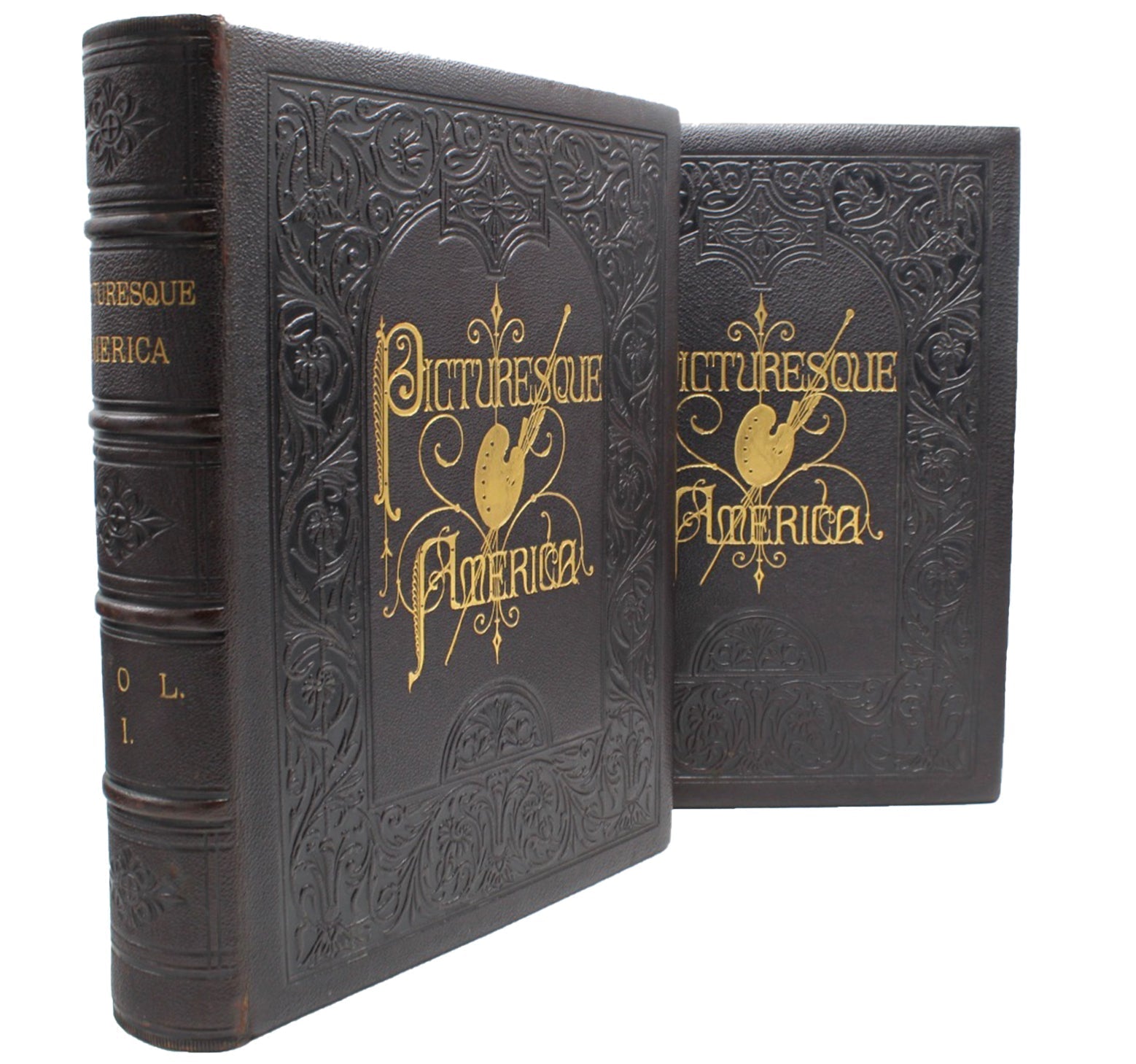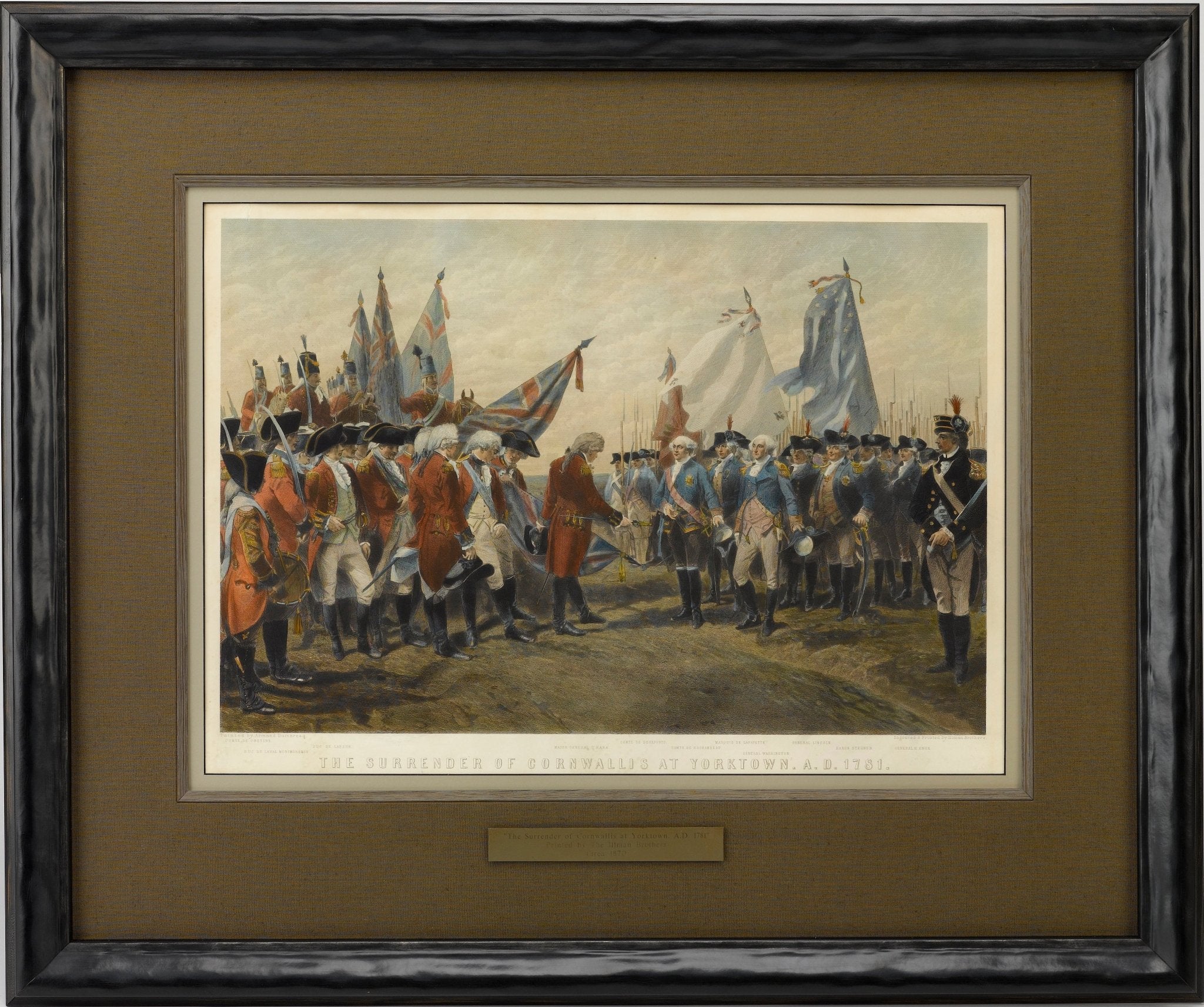Norman Rockwell
Norman Rockwell is one of the most famous American artists and illustrators to date. Successful at a young age, he painted his first commission of Christmas cards before the age of 16 and was hired as the art director of Boy’s Life while still a teenager. Rockwell dropped out of high school to attend the Art Students League in 1911. There, he studied under the “eminent anatomist” George Bridgman. He started a successful freelance career from his New Rochelle, New York studio, illustrating for magazines like Life, Literary Digest, and Country Gentleman. In 1916, the 22-year-old Rockwell painted his first cover for The Saturday Evening Post. The magazine considered Rockwell to be the “greatest show window in America.” Over the next 47 years, Rockwell illustrated 321 more covers for the Post.
Rockwell's career spanned six decades and encompassed two World Wars, the Great Depression, the Civil Rights era, technological advancements, moon landings, and societal upheavals of the 1960s. Throughout it all, Rockwell remained a pictorial storyteller, portraying the “common man with humor and good will, in the often overlooked circumstances of everyday life.” Rockwell said that, “without thinking too much about it in specific terms, I was showing the America I knew and observed to others who might not have noticed.”
In 1943, inspired by President Franklin Roosevelt’s address to Congress, Rockwell painted four works collectively titled the “Four Freedoms.” They were reproduced in four consecutive issues of The Saturday Evening Post with essays by contemporary writers. The paintings toured across the U.S., raising more than $130,000 for the war effort through the sale of war bonds and gained exceptional popularity.
By the 1940s, Time magazine had already christened Rockwell as “probably the best-loved U.S. artist alive,” while the New York Times had affectionately compared his paintings to Mark Twain’s novels. On the other hand, many fine art critics, led by Clement Greenberg, derided his work as too sentimental, saccharine, and commercial. Yet that didn’t stop many from following and collecting his work, and he built up a significant audience.
In 1947, co-editor and author Arthur Guptill published Norman Rockwell: Illustrator. Written while Rockwell lived in Arlington, VT, the book described the artist’s studio, how he worked, the process he followed while painting, and his overall work as a magazine illustrator and advertiser. The text, although instructional and informational, has a very personal touch and obvious admiration of the man who made a lasting impact on American illustration.
Rockwell published his own autobiography, My Adventures as an Illustrator, in 1960 with Doubleday and Co. Additionally, The Saturday Evening Post carried excerpts from the best-selling book in eight consecutive issues, with Rockwell’s “Triple Self-Portrait” on the cover of the first. The book takes the reader through the successes and failures and Rockwell explains how he overcame his self doubt and stayed true to his style under the specter of modern art. He also offers anecdotes about his colleagues, art models, and friends and documents the creation of a Post cover step-by-step.
In 1963, Rockwell ended his 47-year association with The Saturday Evening Post and began to work for Look magazine. During his 10-year association with Look, Rockwell painted pictures illustrating some of his deepest concerns and interests, including civil rights, America’s war on poverty, and the exploration of space. In 1977, a year before his death, Norman Rockwell received the Presidential Medal of Freedom honoring him and his art that had “become part of the beloved American tradition.” Rockwell’s nearly 60 year career illustrated both the “heartwarming and heart-wrenching sides of American life in the 20th century.” He is celebrated for his deft skill as a figurative and narrative painter, and his masterful ability to translate keen social observation into works with broad appeal.







